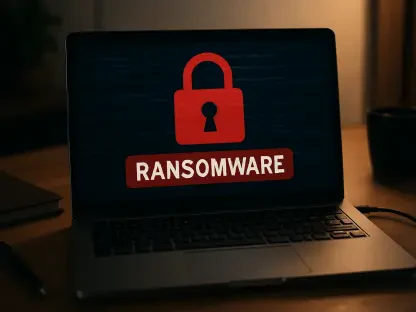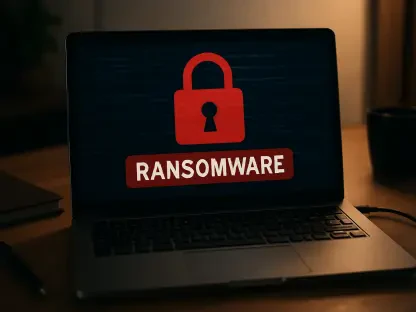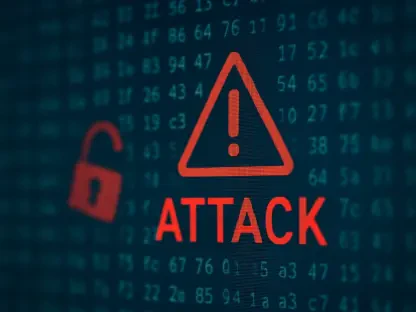In today’s digital landscape, organizations grapple with increasingly sophisticated cyber threats that are reshaping how security is perceived and practiced. As enterprises advance technologically, so too do the tactics employed by cyber adversaries. How prepared is a business to face the challenges posed by this evolving threat landscape? This guide explores best practices essential for fortifying cybersecurity defenses, offering insights and examples to aid in the development of a robust security framework.
Understanding the Cyber Threat Landscape
The cyber threat landscape is in a state of perpetual evolution, with each passing year introducing new vulnerabilities and types of attacks. Staying informed and agile is no longer optional; it’s a prerequisite for survival. Cybercriminals excel at adapting, making it crucial for organizations to be equally dynamic in their defensive strategies. This guide provides an overview of methods to enhance cybersecurity readiness, ensuring organizations are equipped to respond swiftly to threats.
The Importance of Adhering to Best Practices
Implementing best practices is vital for maintaining a secure digital environment. Effective security protocols not only bolster an organization’s security posture but also streamline operations and reduce costs associated with data breaches. By committing to rigorous cybersecurity practices, enterprises can deter potential attacks more effectively and ensure a smoother operational workflow, ultimately preserving both trust and resources.
Implementing Best Practices for Cybersecurity
In the realm of cybersecurity, actions speak louder than words. This section delves into actionable steps necessary for implementing best practices effectively, laying a foundation for a resilient security stance.
Strengthening Access Controls and Privileged Access Management
Proper management of user access and privileges is a cornerstone of a strong defense strategy. Ensuring that access controls are robust minimizes the risk of unauthorized access, significantly reducing potential attack surfaces. Actions include deploying multi-factor authentication, conducting regular audits, and employing privilege access management tools to safeguard sensitive areas effectively.
Case Study: How Company X Improved Security with Enhanced Access Controls
A real-world example underscores the importance of superior access controls. By reinforcing their access management approach, Company X significantly reduced unauthorized access incidents, demonstrating the efficacy of comprehensive access control strategies.
Enhancing Logging and Monitoring Practices
Logging and monitoring are crucial for timely threat detection and response. Comprehensive systems enable organizations to track activity accurately, providing invaluable data that can highlight anomalies indicative of a breach. Steps to enhance these practices include centralizing log management, utilizing automated monitoring tools, and ensuring logs are regularly reviewed for suspicious patterns.
Real-Life Example: Effective Logging Practices at Organization Y
Organization Y illustrates how well-implemented logging procedures can enhance threat management. By refining their logging systems, they succeeded in reducing response times and improving overall security oversight.
Ensuring Resilience Against Ransomware Attacks
Ransomware remains one of the most disruptive threats. Defending against such attacks requires a multifaceted approach: diligent data backups, detailed incident response plans, and user education are key components. These strategies collectively ensure operational continuity and protect against data loss.
Example: Ransomware Mitigation Success at Institution Z
At Institution Z, a combination of strategic planning and proactive measures resulted in successful ransomware mitigation, safeguarding their operations and minimizing disruption.
Integrating Advanced Detection Techniques with AI
Artificial intelligence plays a pivotal role in modern threat detection. Incorporating AI-driven solutions can enhance traditional security frameworks, enabling proactive identification of potentially malicious activity. These techniques optimize threat detection processes by learning from patterns and adapting to new challenges.
Illustrative Case Study: Leveraging AI for Proactive Threat Detection
Leveraging AI technologies, organizations have seen substantial improvements in threat detection capabilities. AI-driven solutions helped in anticipating and countering threats before they could manifest, showcasing advanced security potential.
Conclusion and Practical Advice
Preparing for cyber threats goes beyond acknowledging their existence; it requires comprehensive, actionable strategies that evolve in tandem with technological advancements. Organizations must continually refine their approaches, implementing best practices that adapt to emerging threats. The insights shared here serve as a guide for bolstering defenses and maintaining security as a priority. Businesses, particularly those handling vast amounts of sensitive data, should assess and enhance their current cybersecurity frameworks. As the threat landscape transforms, agility and preparedness become paramount, ensuring robust defenses that withstand the complexities of modern cyber adversities.









